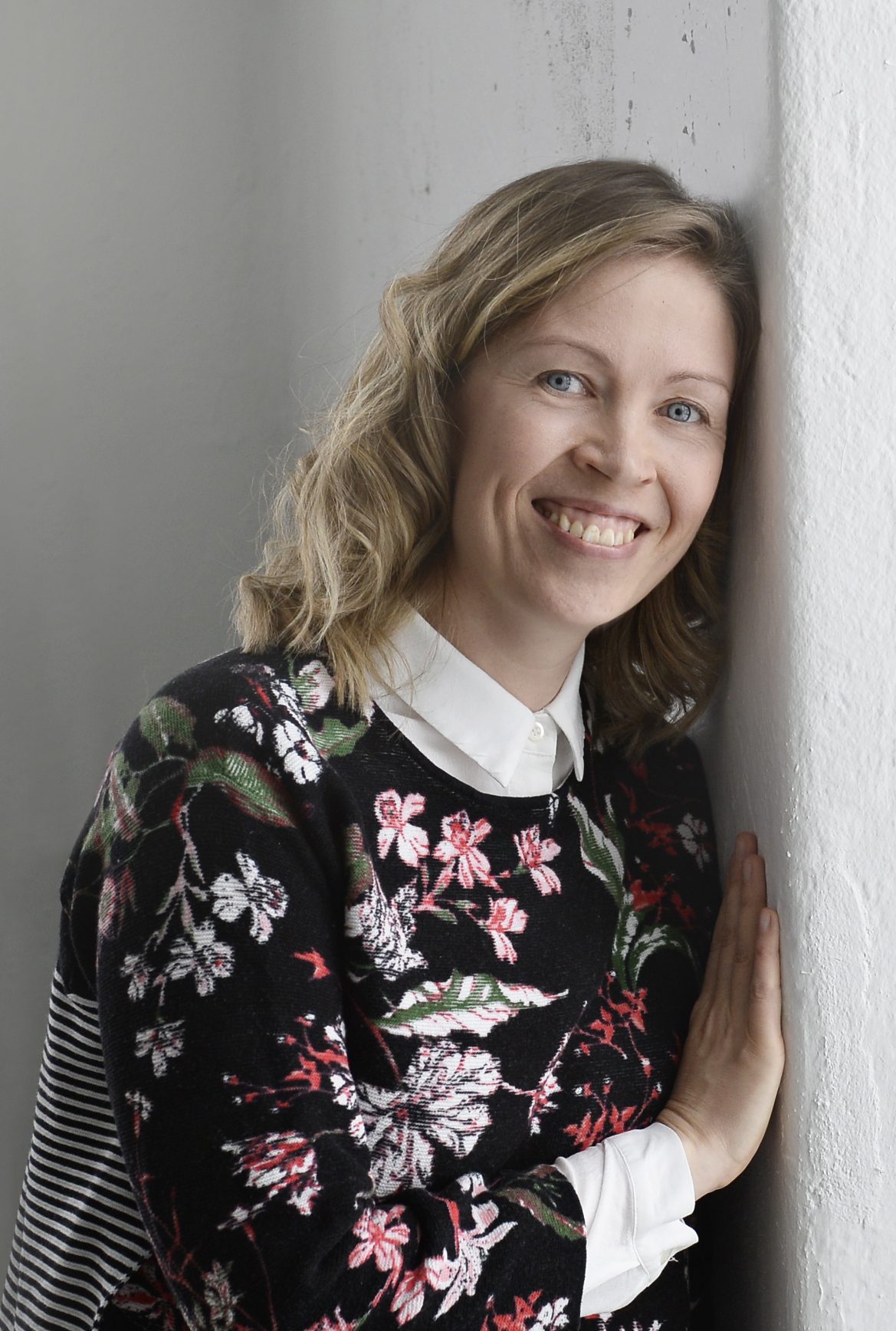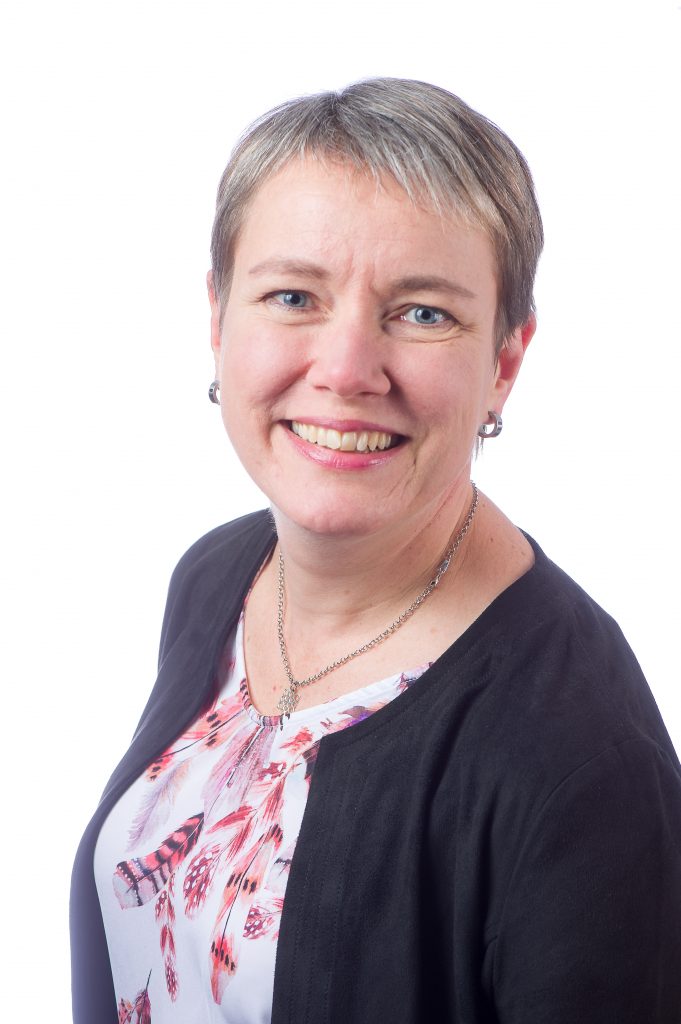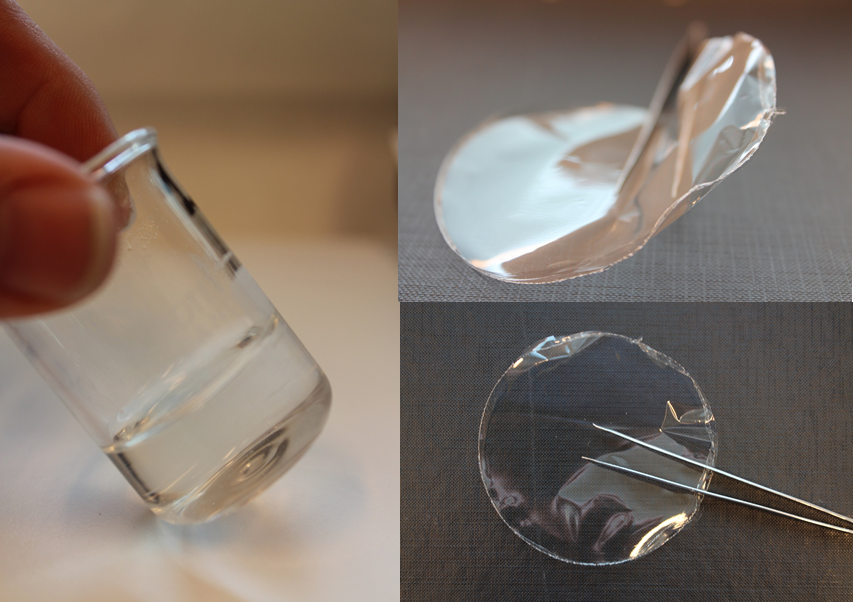New products create added value for Finnish fish
Blog - Published 17.12.2018

 Fish is a nutritious, healthy food whose demand is growing both in Finland and internationally. This increased demand has led to overfishing, and the status of many fish stocks is cause for great concern. The situation in Finland is actually quite ideal and differs from that of many other countries in that we have a great deal of potential for increasing the sustainable use of fish.
Fish is a nutritious, healthy food whose demand is growing both in Finland and internationally. This increased demand has led to overfishing, and the status of many fish stocks is cause for great concern. The situation in Finland is actually quite ideal and differs from that of many other countries in that we have a great deal of potential for increasing the sustainable use of fish.
A total of 136 million kilogrammes of Baltic herring was caught in Finland in 2016, which is around the same amount as the annual production of poultry meat in the country. However, only three per cent of the herring caught here is used in Finnish foodstuffs. The rest is exported or made into fishmeal or feed for fur-bearing animals.
Creating new products using Baltic herring, roach and side streams
Another source of underutilised potential is cyprinid fish, such as roach, as well as side streams from the fish industry. As much as 50 million kilogrammes of cyprinids is wasted, while around 20 million kilogrammes of side streams are generated each year. What kinds of opportunities could there be to replace beef, pork or broiler chicken consumption with Finnish herring and cyprinids? This change in consumption behaviour would be a boon to both the environment and public health.
The European Maritime and Fisheries Fund is investing in work to increase the value of underutilised fish resources. The Blue Projects fishing innovation programme creates growth for fishing industry operators by developing processes and products suitable for underutilised fish and side streams.
The Blue Products programme has calculated the amount of available fish-based raw materials from Finland and developed extraction methods for use in fish protein production. Prototypes for new kinds of easy-to-use fish products, such as “pulled fish” made from small fish that are ground whole, have been developed in laboratories. An imitation crabmeat product similar to surimi has also been produced using herring. In addition to these, bioactive peptides have been extracted from fish for various applications.
Creating interesting raw materials from fish
Side streams from the fish processing industry, such as scales and less valuable fish roe, have shown very interesting potential as raw materials. Bream and perch roe, for example, contain a large amount of vitamin D and high-quality fatty acids, with a significantly higher concentration of these nutrients than a salmon fillet, for instance. Scales, for their part, have been used in laboratories to produce biodegradable plastic membranes, as well as gel products that can be used to modify the structure of foodstuffs.
Moving forward, the project will focus on scaling the fish protein extraction process for use in pilot projects. The project will also work on developing the use of the produced protein in foodstuffs up to the product concept level and explore further possibilities for utilising materials with high added value, such as fish peptides and gelatine. At the same time, the development of fish pulp products will continue.
Collaboration across sectors
The project is being implemented by experts from the Natural Resources Institute Finland, the VTT Technical Research Centre of Finland and the University of Turku. Fishing experts from Aktion Österbotten and Österbottens Fiskarförbund are in charge of coordinating the implementation of the project. The parties implementing the project work closely together to ensure efficient use of resources and rapid development of ideas to benefit the fishing sector.
All of the development work in the project is carried out in cooperation with industry operators. Companies and research institutes are strongly committed to growing Finland’s blue bioeconomy to make it significantly larger than it is today.
Writer Sari Mäkinen works as a Research Scientist at the Natural Resources Institute Finland. Her work focuses on developing the utilisation of aquatic biomass and food industry side streams. She is also Research Manager of the Natural Resources Institute Finland’s Blue Bioeconomy and Innovative Food System programmes.
Writer Kaisu Honkapää is a Senior Scientist at the VTT Technical Research Centre of Finland. Her research aims at more efficient utilisation of food industry side streams and underutilised fish in foodstuffs and other products.
Writer Saska Tuomasjukka is a Senior Researcher in the field of Food Chemistry and Food Development at the University of Turku. His research projects focus on the utilisation of food industry side streams in foodstuffs. His work has focused primarily on fish, berries and grains.
Contacts:
Sari Mäkinen, email sari.makinen(a)luke.fi
Kaisu Honkapää, email kaisu.honkapaa(a)vtt.fi
Saska Tuomasjukka, email saska.tuomasjukka(a)utu.fi
Top photo: Gelatine extracted from fish scales can be used to create biodegradable plastic membranes, for example.
Blue bioeconomy blog series in Bioeconomy.fi.
Published (in Finnish) November 20, 2018.

